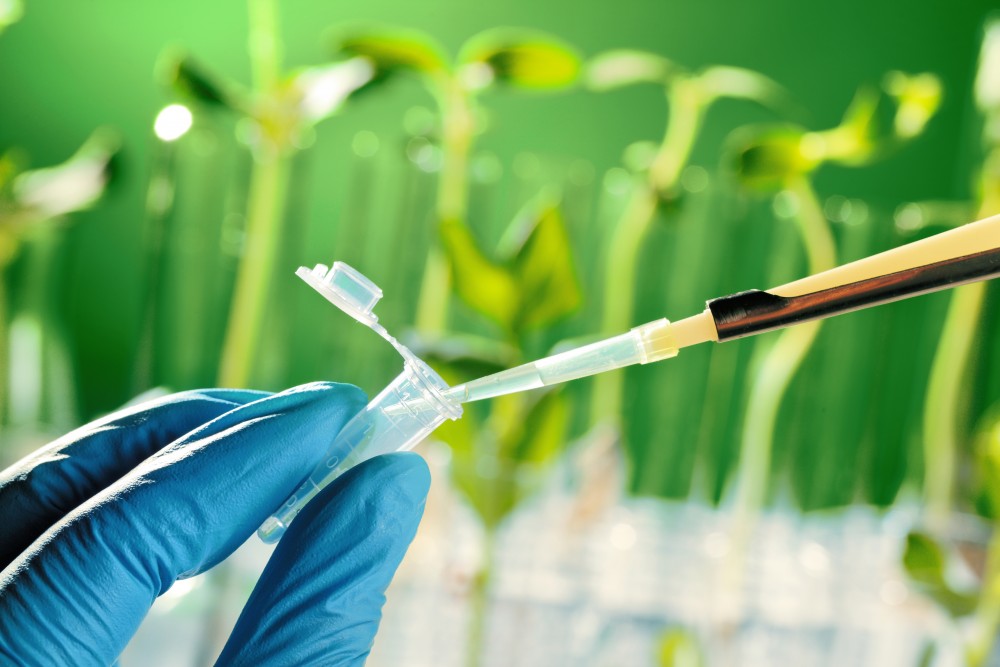Pros And Cons Of GMO Labeling
The issue of GMO has continued to be a controversial topic in the food market. With the proponents saying it’s the best technology in the food industry, opponents believe that GMO food could cause serious health complications to the consumers. It’s because of these extreme opinions that GMO labeling had been made mandatory in most jurisdictions, including Australia.
But what are the main fears and the goodness that comes with GMO labeling? Well, there are many advantages and disadvantages that come with food labeling food GMO. It helps consumers to control what they eat, but it could also hurt food producers. Here are some of the major GMO labeling pros and cons:
Pros Of GMO Labeling
1. Increases Ingredient Awareness
One of the major benefits of GMO food labeling is ingredient awareness. The biggest challenge in the food supply is a lack of information. There is a huge number of consumers that do not know what is in the food they buy from stores. Unless there is an ingredients list, then it becomes very difficult to know what the food on our supermarket shelves contains. For jurisdictions that do not require GMO labeling, then it is possible to consume genetically engineered food without knowing. But with strict food labeling regulations, consumers are aware of the ingredients used.
2. Right-To-Know What You Are Eating
It is the right of every consumer to know what they are eating. But that will not be possible if the food producer is not compelled to put up a list of the ingredients used. With GMO labeling, consumers are provided with all the information about what they are eating. The most important is the amount of GMO ingredients in the food – in most jurisdiction, 0.09% GMO content is allowed. Therefore, as a consumer, you will be in a position to know what is in the food you are eating.
3. Ability To Choose What You Eat

The other benefit that comes with GMO labeling is choosing what you eat. Every consumer has the right to choose the product they feel is best for their lifestyle. But without proper food labeling, it will be very difficult to tell what is good and what is bad for your lifestyle. But when you have food labelled, it becomes easy for the consumers to make a choice between the available options. For those who would like non-GMOs food only, they have a clear choice to select from.
4. Transparency
The other advantage of food labeling is improved transparency. Consumers should know everything about the food they are buying from supermarkets and other places. With the labelled food, it is very easy for the buyer to know about the ingredients used for its processing. They will also be able to know which food is genetically modified and which one is not. With this kind of transparency, customers will be safe from any perceived harmful components in the food.
5. Tool Track Problems
The other benefit of GMO labeling ease of tracking problems. With the food labelled, it is very easy to track the movement of food within the supply chain back the manufacturer. That is something that you can never get from food that is not labelled. Therefore, no company would dare to sell GMO-food and label it as non-GMO knowing that the food could be traced back to them. So, labeling is one of the best methods used to discourage unethical practices in food processing and supply chain.
6. Reduced GMOs In Food Supply
The number of people consuming GMO food knowingly is very small. But a majority of the people consuming genetically engineered food unknowingly is very huge. What attracts them could be the appealing look of GMO foods such as fruits and vegetables. But if they knew the food has GMO components, then they would avoid it. That means that the demand for the GMO food would go down, and this would significantly reduce it in the supply chain.
6. Consistent Global Standards Regarding Food Labeling
Multiple countries across the world are implementing strict rules and regulations on GMO labeling. That includes countries in the EU, US as well as Australia. Therefore, it is considered a global standard to have the food in the supply chain labelled.
Cons Of GMO Labeling
7. Lack Of Consumer Understanding

One of the biggest disadvantages with GMO labeling is a lack of understanding. Most consumers do not have a proper understanding of what genetically modification means. There is a lot of misinformation about this technology. What most people don’t know is that there are various forms of GM foods, some of which may not be harmful to consumer health. However, customers will dismiss any food with a GMO tag. This is likely to hurt most of the food producers.
8. Product Stigmatisation
Product stigmatization is another disadvantage associated with GMO labeling. Many benefits come with genetic modification, including improved quality seeds that enable farmers to increase their production even in changing conditions. However, with the stigma created about the GMO tag, any product that is labelled GM tag would immediately get stigmatised.
9. Expensive Food
The cost of food labeling is passed to consumers. For the food to meet the required standards, it means an alteration in the packaging product, and that means extra cost. Therefore, implement rules requiring mandatory labeling of GMO food means an increase in the price of the products.
10. GMO Label Create Confusion
GMO labeling was expected to get rid of confusion, but it ends up creating more confusion, which was not the intention. That’s why people can pay even thrice for the same quantity of food labelled non-GMO, which is not necessary.
These are the main pros and cons of GMO labeling. Whereas consumers get to know what they are eating, it has also created a lot of confusion which have left many companies hurting. However, there is a lot of benefits that consumers get from GMO labeling. We recommend that you don’t buy food without knowing whether if GM ingredients in it to keep safe.












